New documents unearthed on Wednesday show Apple was toying with a gesture-based unlock function for its mobile devices some four years after the idea was introduced in the Android operating system. Cupertino's version, however, is arguably far more advanced than even the latest designs from Google.
The U.S. Patent and Trademark Office on Wednesday published two Apple patent applications (1, 2), both titled "Gesture entry techniques," that together form the basis of a device unlocking feature in which a user draws a pattern on screen with the help of illuminated discs. One patent filing deals with the system as a whole, while the other focuses on entering and setting gestures on a mobile device.
As noted in the documents, a gesture or sequence of gestures may be more effective in securing a mobile device than the usual PIN code or password. To that end, Apple proposes users input a shape or shapes on an interface with selectable graphical elements.
In 2008, Google introduced pattern unlocking in its Android operating system, which accepts gesture input on a grid of dots to unlock a device. The feature has been adapted with so-called "picture passwords" (both on Android and Microsoft's Windows 8) that accept various gestures arranged on a photo, but the basic idea still involves entering a series of shapes onto an onscreen image.
Apple's take is very similar, however there are a few key differences in its approach. According to the patent application, users have the ability to rearrange the lock screen's graphical elements and can change their size to produce higher or lower tolerance gestures. For example, larger discs or dots are associated with higher tolerance gestures as it would be easier to move from one hit point to the next.
To make things more difficult for would-be attackers, the system can implement invisible dots or hit areas in the unlock path. Without prior knowledge of the dots' locations, or that they exist at all, it would be prohibitively difficult to guess a correct unlock gesture.
Additionally, graphical assets may be only one of many factors in gesture entry. Apple notes timing, such as acceleration and deceleration of a finger during entry, can be made part of the functional unlock sequence. Pauses are also recognized.
Further, users can add in one or more additional fingers at any point in a tracing sequence to increase code complexity. Circles, shapes and other inputs are also accepted on a limited basis.
In a unique dynamic addition to the process, hidden lines are proposed that can be enabled (registered as part of the gesture) or disabled depending on an estimation of where the system thinks a user is about to move their finger. For example, hidden lines will stay disabled until a user's path comes close to, or crosses an enabled line. This not only increases system complexity, but also accuracy.
Apple's method implements a gesture strength estimation indicator that moves from "low" to "high" based on factors like gesture length, complexity, unpredictability, entropy or randomness, and others. In some embodiments, the strength indicator can be a represented as a progress bar that fills up in proportion to a gesture's perceived strength.
It is doubtful that Apple would incorporate a pattern-style unlocking method in a future iOS build as the company is currently suing Samsung for infringing on the "slide-to-unlock" feature made popular by the iPhone. In addition, with Touch ID expected to be rolling out in more devices, Apple likely has dwindling interest in spending resources to implement the method.
Apple's gesture entry patent application was first filed for in 2012 and credits Brandon J. Casey, Jake M. Logan. Erik M. Cressall and Stephen H. Cotterill as its inventors.
 Mikey Campbell
Mikey Campbell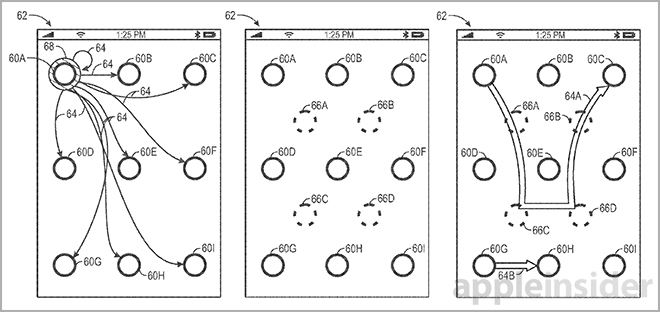
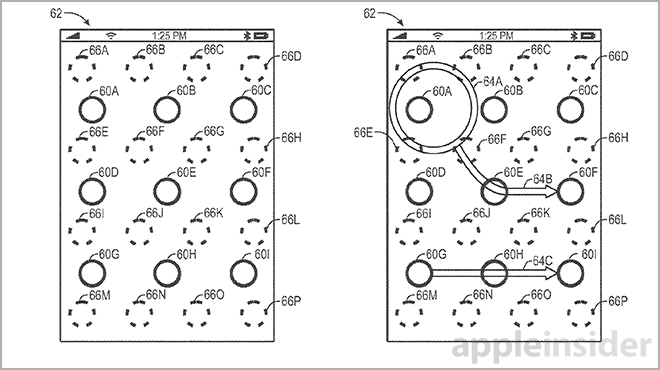
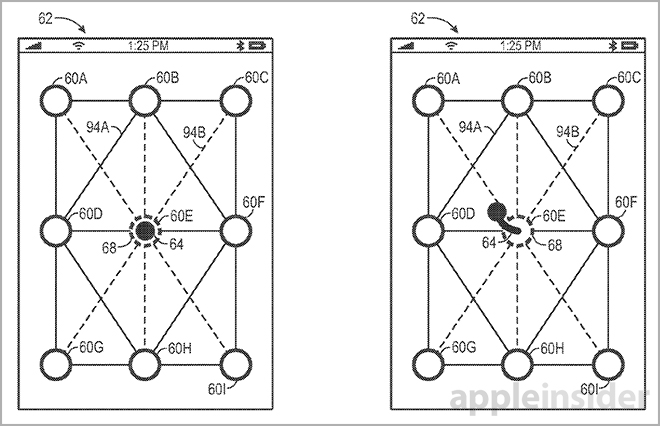
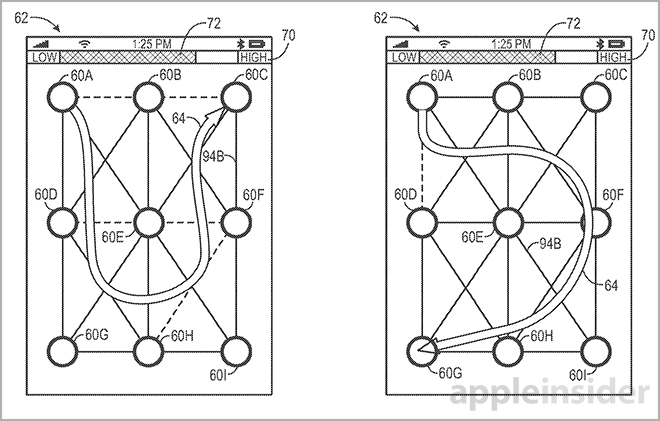


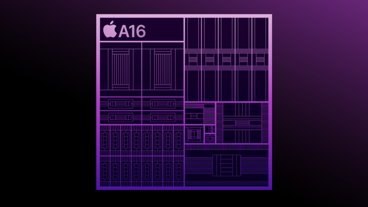
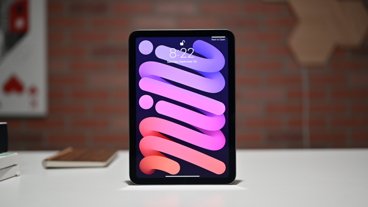



-m.jpg)





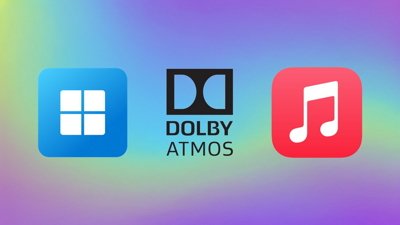
 Amber Neely
Amber Neely
 Mike Wuerthele
Mike Wuerthele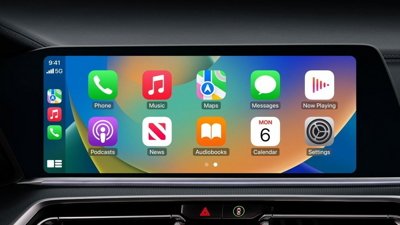
 William Gallagher
William Gallagher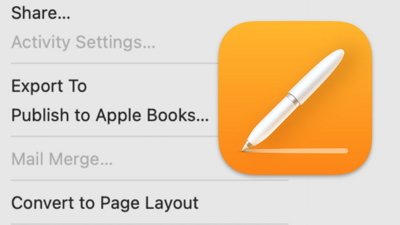
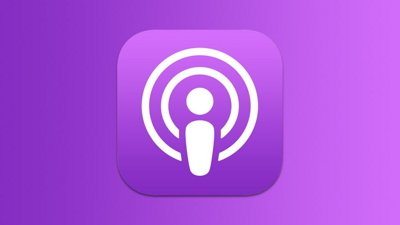

 Andrew Orr
Andrew Orr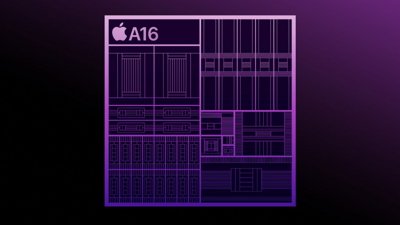
 Wesley Hilliard
Wesley Hilliard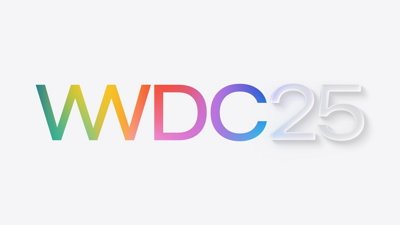









52 Comments
Skipping dots to track patterns is interesting, but this clearly won't see the light of day now that Touch ID has taken priority.
they use this in their retail stores.
[quote name="Ireland" url="/t/178595/apples-gesture-based-unlocking-tech-channels-androids-pattern-lock-screen#post_2518277"]Skipping dots to track patterns is interesting, but this clearly won't see the light of day now that Touch ID has taken priority.[/quote] And this is really meant to block Android from expanding their methods further by patenting around them.
Face recognition plus finger print would be good. Whatever they use, it should be quick and easy to use.
[quote name="SpamSandwich" url="/t/178595/apples-gesture-based-unlocking-tech-channels-androids-pattern-lock-screen#post_2518279"] And this is really meant to block Android from expanding their methods further by patenting around them.[/quote] So not quite the vaunted intent of patents then? Apple intentionally trying to block technological progress by perverting the reason for protection of intellectual property to prevent others from progressing would be sad if it were true. Personally Id be pretty surprised to find that''s the case. [B][I]Impeding[/I][/B] progress, an evil intent against the common good, is essentially the exact opposite of the reasons our forefathers gave for patent protection.